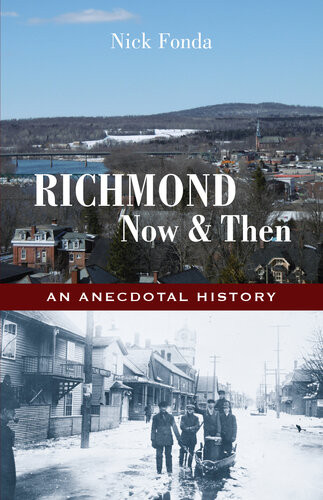

Most ebook files are in PDF format, so you can easily read them using various software such as Foxit Reader or directly on the Google Chrome browser.
Some ebook files are released by publishers in other formats such as .awz, .mobi, .epub, .fb2, etc. You may need to install specific software to read these formats on mobile/PC, such as Calibre.
Please read the tutorial at this link: https://ebookbell.com/faq
We offer FREE conversion to the popular formats you request; however, this may take some time. Therefore, right after payment, please email us, and we will try to provide the service as quickly as possible.
For some exceptional file formats or broken links (if any), please refrain from opening any disputes. Instead, email us first, and we will try to assist within a maximum of 6 hours.
EbookBell Team

4.1
60 reviewsIf a formal history is a four-lane highway, Nick Fonda says in his introduction to Richmond, Now and Then: an anecdotal history, his book is a meandering country road. The metaphor is apt. The stories in this book focus largely on the small town of Richmond in Quebec's historic Eastern Townships. After offering a speculative overview of lower St. Francis River valley in pre-colonial times, the book takes the equivalent of a quick snapshot of Richmond as it is today. The book then jumps to 1798 and the arrival of the first European settler, an American with a chequered background, and moves forward in roughly chronological order back to the present. In the two dozen chapters that make up the book, the reader is introduced to a many people: Avery Denison, who carved the beginnings of a community out of the wilderness; Father Patrick Quinn, an Irish orphan who becomes the parish priest who oversees a booming railway town; Ralph Andosca, the adolescent boy mysteriously murdered in Melbourne Township; Stanislas-Edmond Desmarais who was simultaneously mayor of Richmond and a member of the Quebec National Assembly; Anita Demers, the nonagenarian who won a forestry award. Beyond personalities, the book also looks at collective struggles: the obstacles overcome to build the Craig Road; the political machinations behind the laying of the first railway; the initiative in the early electrification of rural Quebec; in more recent times, the repeated battles over water fluoridation. Now and Then has the quiet charm of a shady gravel road. It's history on a small scale, history with a human face.